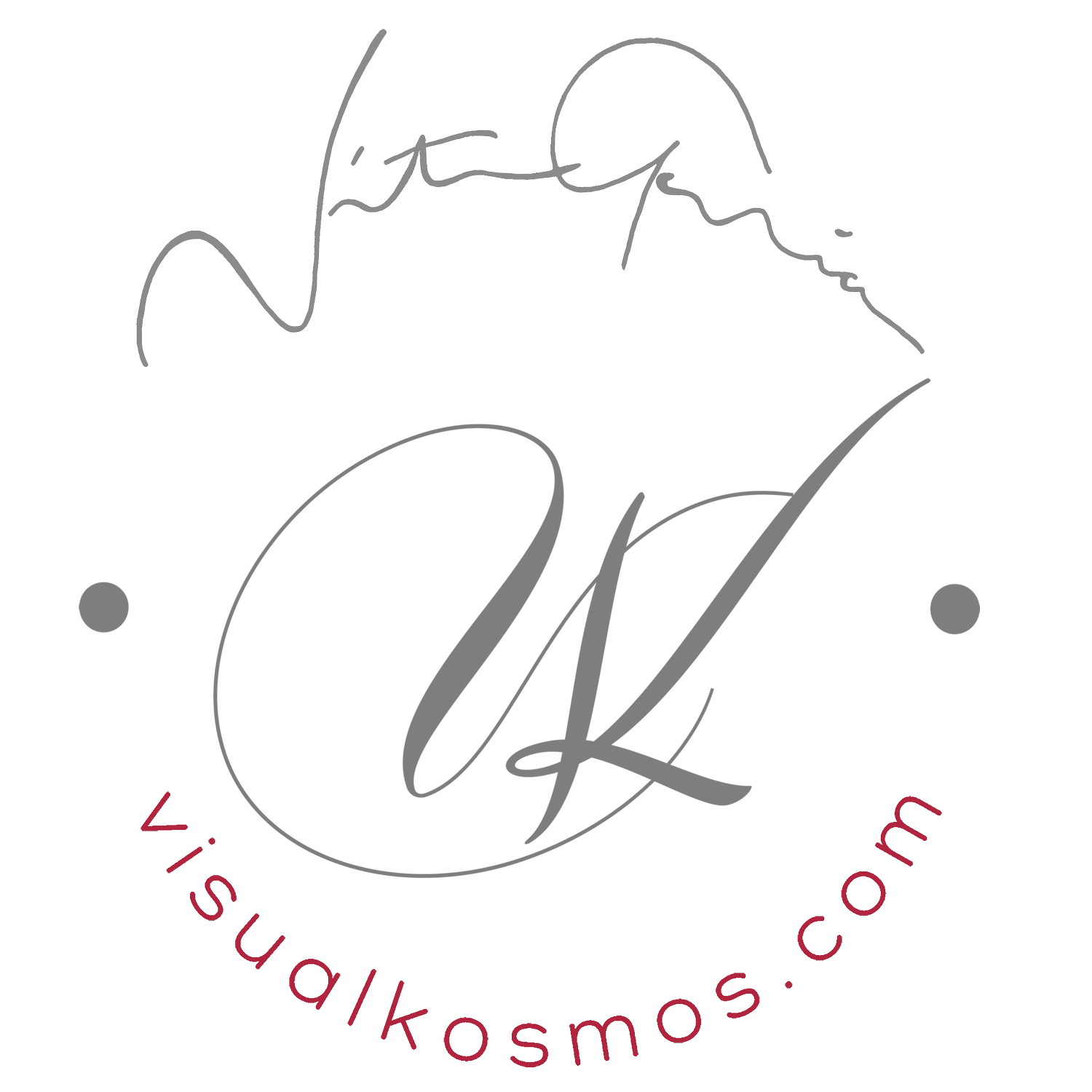Oradour, France
in Travel Journal
EN: In this space, we intend to show some of the most exciting places we had the opportunity to visit and photograph on our various travels.
PT: Neste espaço pretendemos mostrar alguns dos lugares mais interessantes que tivemos oportunidade de visitar e fotografar nas nossas várias viagens.
10th of June 1944 Oradour-Sur-Glane, 2014
10th of June 1944 Oradour-Sur-Glane, 2014
10th of June 1944 Oradour-Sur-Glane, 2014
10th of June 1944 Oradour-Sur-Glane, 2014
10th of June 1944 Oradour-Sur-Glane, 2014
10th of June 1944 Oradour-Sur-Glane, 2014
10th of June 1944 Oradour-Sur-Glane, 2014
10th of June 1944 Oradour-Sur-Glane, 2014
10th of June 1944 Oradour-Sur-Glane, 2014
10th of June 1944 - Memory place
The following days after the landing of Allied forces on the beaches of Normandy, the German army intensified the bloody repression and violence against the civilian population in various regions of France, particularly where the action of the Resistance appeared to be more relevant.
On the afternoon of June the 10th, 1944, an SS Division, having approximately 150 to 200 soldiers, surrounded and invaded with trucks and armoured cars Oradour-Sur-Glane, a peaceful village located 20 km west of Limoges, decimating nearly the entire population, which also hosted refugees from Charly-Oradour and Montoy-Flanville.
German troops took the lives of 642 people (205 men, 244 women and 193 children) and, after plundering and setting fire to the buildings, burned and outraged their bodies, preventing their identification.
The horror of what happened that afternoon can still be felt in the streets of Oradour-Sur-Glane, where the normal daily life of the inhabitants was stopped brutally and inexplicably.
On March the 4th, 1945, General De Gaulle decreed the maintenance of the ruins as their original existence, turning it into a place of memory and a "symbol of the sufferings borne by the people of France throughout four years of occupation".
Nowadays, access to the "village martyr" is done through the 'Centre de la Mémoire'. More than a documentary and exhibition space, it is also a place for reflection, which examines the rise of Nazism and the brutality of the operations of the German army (Oradour-Sur-Glane is just one of the darkest examples) and the vital role of the Resistance. A 12-minute film reconstructs the dramatic events of June 10th. The testimony of the few survivors (about 26) and those who discovered this tragic event for the first time, as well as the documentation gathered over the years about the identity of the victims, keeps alive the memory of one of the saddest and most disturbing episodes of World War II.
It was in this place of memory that we took the photographs which show the general appearance of what the village became, as well as some of the inhabitants' belongings, which had remained, until now, in the same place where they were when their owners were executed. In fact, when we cross Oradour-Sur-Glane, the ruins of buildings and objects deformed by the flames reveal the degree of violence that fall over its defenceless population.
Thank you for taking the time to see my work!
10.06.1944 - Lugar de memória
Nos dias que se seguiram ao desembarque das forças aliadas nas praias da Normandia, o exército alemão intensificou a repressão sangrenta e as acções de violência sobre a população civil em várias regiões da França, em especial onde a actuação da Resistência parecia ser mais relevante.
Na tarde de 10 de Junho de 1944, uma divisão das SS constituída por cerca de 150 a 200 soldados cercou e invadiu com camiões e carros blindados Oradour-sur-Glane, uma pacífica aldeia situada a 20 km a oeste de Limoges, dizimando praticamente toda a população, que acolhia também refugiados de Charly-Oradour e de Montoy-Flanville.
No total, as tropas alemãs tiraram a vida a 642 pessoas (205 homens, 244 mulheres e 193 crianças) e, depois de pilharem e incendiarem os edifícios, queimaram e ultrajaram os seus corpos, impedindo a sua identificação.
O horror do que aconteceu naquela tarde pode ainda hoje ser pressentido nas ruas despojadas de Oradour-sur-Glane, onde o dia-a-dia normal dos habitantes foi interrompido de uma forma brutal e inexplicável.
Para que o massacre não fosse esquecido, a 4 de Março de 1945, o general De Gaulle decretou a manutenção das ruínas no seu estado original como lugar de memória e “símbolo dos sofrimentos suportados pelo povo francês ao longo de quatro anos de ocupação”.
O acesso à “village martyr” faz-se hoje através do Centre de la Mémoire. Mais do que um espaço expositivo e documental é também um lugar de reflexão, onde se analisa a ascensão do Nazismo, a brutalidade das operações do exército alemão – de que Oradour-sur-Glane é apenas um dos exemplos mais negros – e o papel importante da Resistência. Um filme de 12 minutos reconstrói os acontecimentos dramáticos do dia 10 de Junho. Os testemunhos dos poucos sobreviventes (cerca de 26) e dos que descobriram o drama pela primeira vez, bem como a documentação reunida ao longo dos anos sobre a identidade das vítimas, mantêm viva a memória de um dos episódios mais tristes e perturbadores da Segunda Guerra Mundial.
Foi neste lugar de memória que recolhemos as imagens que pretendem mostrar um aspecto geral do estado em que ficou a aldeia, bem como alguns dos bens dos habitantes, que permaneceram até hoje no mesmo local onde estavam quando os seus proprietários foram executados. De facto, quando se percorre Oradour-sur-Glane, as ruínas dos edifícios e os objectos – deformados pelas chamas – revelam bem o grau de violência que se abateu sobre a sua população indefesa.
Obrigado pelo seu tempo!











